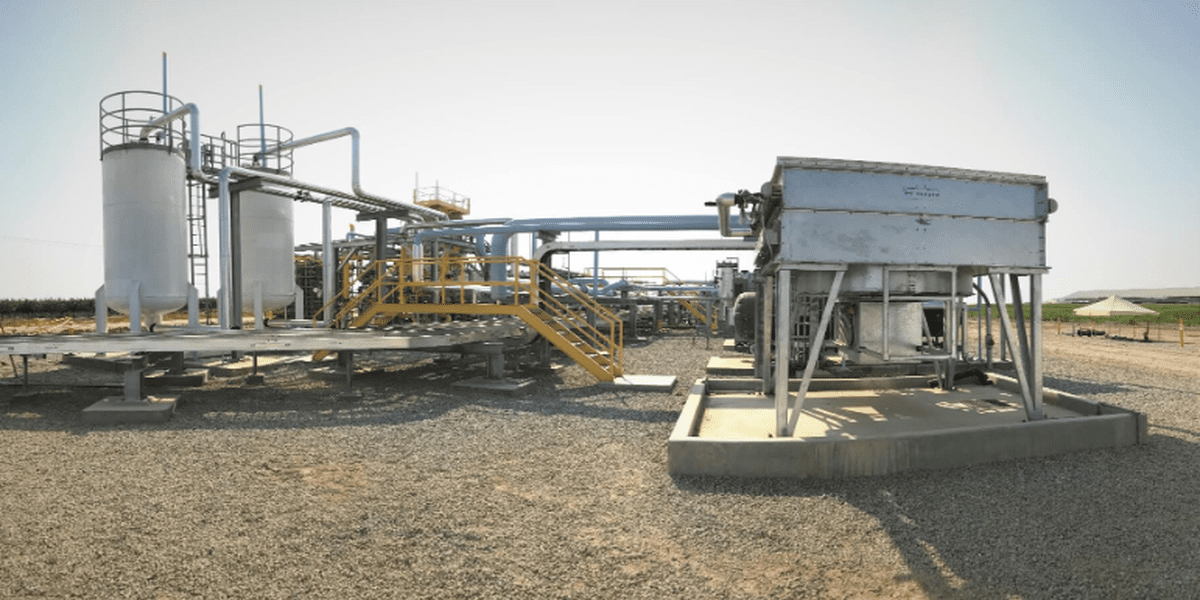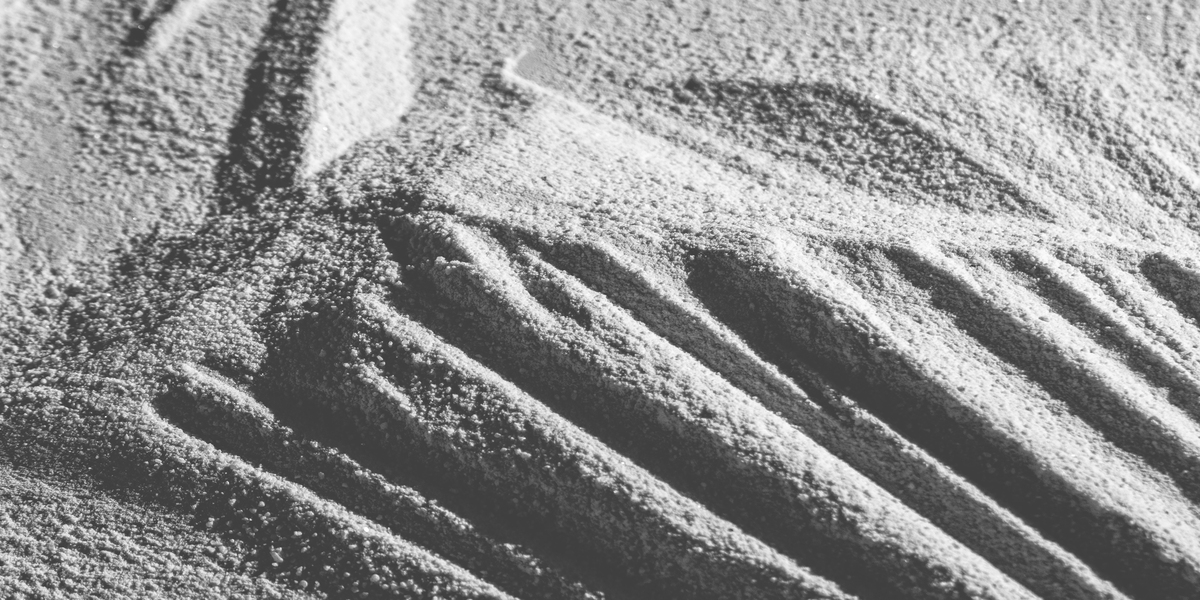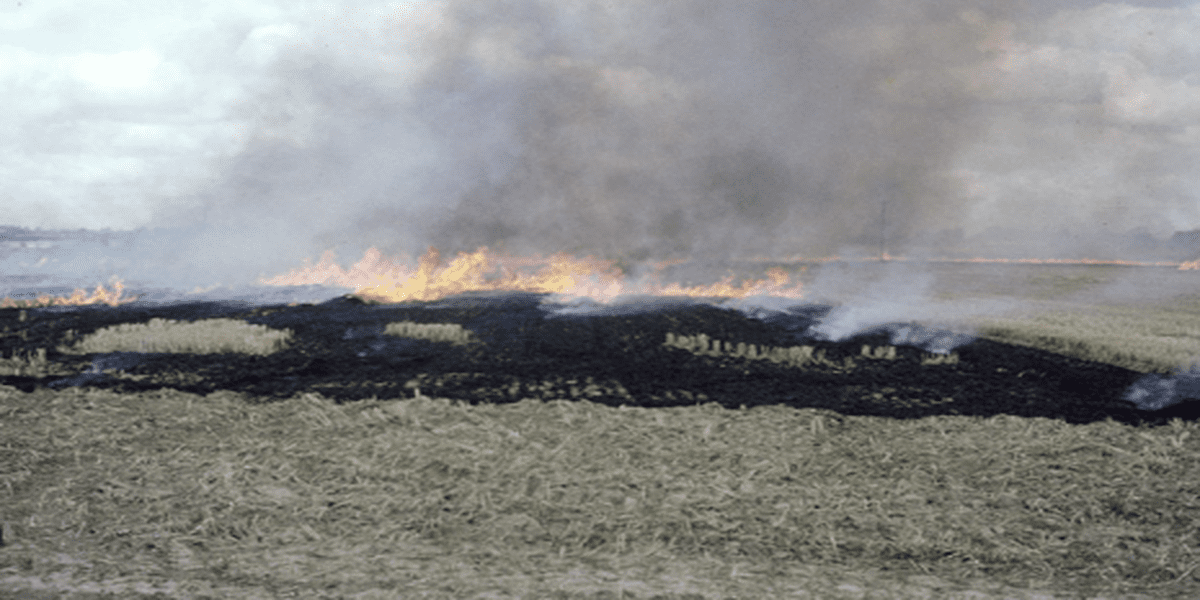Introduction
In 2025, the automotive landscape is evolving rapidly, with Flex-Fuel Vehicles (FFVs) gaining prominence as a sustainable alternative to traditional gasoline cars. FFVs are designed to operate on gasoline, ethanol (E85), or a blend of both, offering flexibility and potential cost savings. This article delves into Comparison of FFVs and traditional gasoline cars. Providing insights to help consumers make informed decisions.
India’s Ethanol Blending Push
India is leading the movement in Asia with its aggressive rollout of E20 (20% ethanol-blended fuel) across the country. The government aims to make E20 widely available by the end of 2025. Fuel stations in major cities have already started supplying E20, and automakers are quickly responding by launching FFV-compatible models. Transport Minister Nitin Gadkari has urged for lower GST rates on FFVs to boost affordability and make ethanol-powered vehicles more mainstream.
Brazil and South America Take the Lead
Brazil, a pioneer in ethanol use, continues to set global benchmarks. In 2025, General Motors announced the release of ethanol-capable hybrid-flex vehicles in Brazil. These models combine electric motors with engines that run on 100% ethanol or gasoline—offering the best of both worlds. Meanwhile, Stellantis is investing $385 million in Argentina to develop similar hybrid-flex vehicles, showing strong regional momentum for ethanol-based solutions.
A Strategic Shift in Mobility
The rise of FFVs isn’t just about engine technology. It reflects a broader strategy linking automakers, fuel producers, and government bodies. With climate targets tightening, FFVs offer a near-term solution . This isto cut emissions without the challenges of building full electric vehicle infrastructure. As more countries strengthen ethanol policies and fuel networks expand, FFVs are becoming a top contender in the global race toward cleaner, smarter, and more affordable mobility.
Cost Analysis: Comparison of FFVs and traditional gasoline cars
| Aspect | Details |
| Fuel Prices | – E85 is typically cheaper than gasoline.- In some regions, E85 can be up to 32% less expensive per gallon.- Important to consider fuel economy alongside price. |
| Fuel Economy | – Ethanol has less energy per gallon than gasoline.- FFVs may get 15% to 27% fewer miles per gallon when running on E85. |
| Cost Per Mile | – E85’s lower cost can offset reduced MPG.- Example: Gasoline at $4.22 vs. E85 at $2.85.- Even with 25% less fuel efficiency, drivers may save ~7% per mile. |
| Maintenance & Repairs | – Maintenance is similar to gasoline cars.- Some parts like fuel pumps are ethanol-compatible, slightly increasing potential costs.- Regular maintenance ensures strong performance and durability. |
Performance Comparison of FFVs and traditional gasoline cars
| Aspect | Details |
| Engine Performance | – Ethanol has a higher octane rating than gasoline.- FFVs using E85 may have better acceleration and power output due to improved combustion. |
| Cold Weather Performance | – Ethanol’s lower volatility can cause starting issues in very cold weather.- Modern FFVs have systems that adjust fuel mix for reliable cold starts. |
| Environmental Impact | – Ethanol burns cleaner than gasoline.- Using E85 leads to lower emissions of carbon monoxide, particulate matter, and greenhouse gases.- Helps reduce pollution and fossil fuel dependence. |
Availability and Infrastructure
The growth of Flex-Fuel Vehicles (FFVs) depends a lot on how easy it is for drivers to find ethanol-blended fuels like E85. While these vehicles are great because they can run on both gasoline and ethanol, their usefulness really comes down to whether E85 is available nearby. In countries like the U.S. and Brazil, where ethanol production is well-established, FFVs are much more common. But in many rural and developing areas, finding E85 can be difficult. This limits how many people can realistically use these vehicles.
To make FFVs more practical for everyone, there needs to be a bigger push to build more fueling stations that offer E85. For example, the U.S. has over 4,000 E85 stations—mostly in the Midwest—but many other areas have very few. On top of that, storing and transporting ethanol isn’t as simple as gasoline. It needs special equipment because it can cause corrosion and absorb water. This makes building new infrastructure more expensive and complex. Without proper support from governments or private investors, expanding FFV use could be slower than expected.
Here’s a comparison table highlighting FFV fuel availability and infrastructure aspects:
| Region | E85 Availability | Infrastructure Readiness | Government Support |
| United States | High in Midwest, moderate elsewhere | Well-developed in key regions | Strong federal and state-level incentives |
| Brazil | Very high (nationwide) | Advanced ethanol fuel infrastructure | Extensive biofuel policy support |
| India | Growing (E20+ in metro cities) | Developing infrastructure for higher blends | Policy support with blending mandates |
| Europe | Limited | Varies by country | Moderate support, stronger EV focus |
| Rural/Developing Nations | Low | Minimal to nonexistent | Limited due to lack of investment |
Growing Demand for Alternative Fuels
In 2025, the demand for sustainable and renewable fuels is accelerating, driven by both environmental concerns and energy security goals. Flex-Fuel Vehicles (FFVs), which can run on ethanol blends like E85, are gaining attention as a practical middle-ground between fully electric vehicles and traditional gasoline cars. Governments around the world, especially in the U.S., Brazil, and India, are actively promoting ethanol blending mandates, making FFVs more relevant in today’s fuel economy. These mandates are not only helping reduce carbon emissions but are also creating strong market incentives for ethanol-compatible vehicle technologies.
Global Market Growth
According to recent reports, the global FFV market is witnessing consistent growth. In the U.S. alone, the flex-fuel vehicle market is expected to grow from $5.36 billion in 2025 to over $8.45 billion by 2032, with a CAGR of 6.7%. Brazil, a long-standing leader in ethanol fuel production and flex-fuel car use. They continue to expand its biofuel policies, setting an example for other countries. Automakers are also responding to this trend. Companies like General Motors and Stellantis are investing heavily in hybrid-flex and ethanol-capable vehicles, particularly in Latin American markets, where ethanol fuel infrastructure is already mature.
Automaker Strategies and Innovation
Leading automotive manufacturers are reshaping their product lines to include more FFVs, not just as compliance vehicles but as core offerings. These vehicles are being designed with enhanced fuel efficiency, engine performance, and even hybrid-flex capabilities — combining electric motors with ethanol-compatible engines. This dual-technology approach helps companies meet stricter emissions standards while keeping production costs lower than full EV development. Furthermore, the adaptability of FFVs allows them to be sold across multiple global markets with varying fuel availability, making them a smart choice for manufacturers targeting a diverse customer base.
Outlook for Infrastructure and Policy Support
While FFVs are gaining momentum, infrastructure expansion remains key to their future success. The availability of E85 and other ethanol blends needs to improve, especially in rural or underserved regions. Policymakers are increasingly aware of this gap, and in response, governments are introducing grants and subsidies for new biofuel stations. Additionally, public awareness campaigns are being launched to educate consumers about the benefits and availability of flex-fuel options. With continued policy backing, infrastructure investment, and consumer acceptance, FFVs are expected to play a crucial role in the transition to cleaner, more affordable transportation over the next decade.
Conclusion
Flex-Fuel Vehicles offer a viable alternative to traditional gasoline cars, providing flexibility in fuel choice, potential cost savings, and environmental benefits. While considerations like fuel economy and infrastructure availability are essential, the overall advantages position FFVs as a compelling option for eco-conscious consumers. As the automotive industry continues to evolve, FFVs are poised to play a significant role in the transition toward sustainable transportation.











